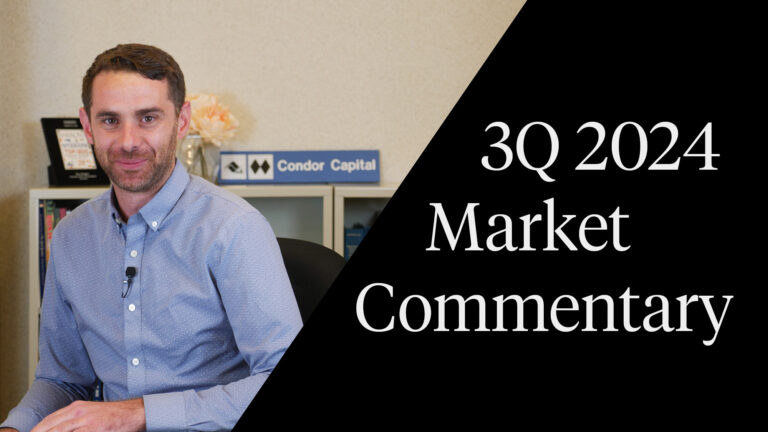Investing in fixed income can be intimidating. The Bank for International Settlements estimated that in 2022, the bond market in the U.S. alone was $51.3 trillion in size. It might be tempting to buy a broad, passive index with a market that large, but passive investing in fixed income is more complex than passive investing in equities.
Active bond fund managers can provide value in various ways compared to their passive counterparts, which differ from passive equity funds. First, with fixed income, there is more opportunity to provide value via security analysis because more securities are available for the manager to choose from. Companies will have numerous debt issuances but typically only have one common equity security to purchase. Equity funds are generally also limited in scope to publicly traded equities. In contrast, bond funds have a much wider variety of options, including corporate debt, municipal debt, Treasury debt, and mortgage-backed securities, to name a few. Beyond just picking from different types of debt, active managers can also add value by managing the fund’s overall duration (sensitivity to interest rates). Further, while many passive equity funds track market cap-weighted indexes, like the S&P 500, the indexes that passive bond funds track are usually market-value weighted, meaning there are more holdings from issuers with higher debt loads. This weighting style has led to an increase in the share of Treasury debt held by the Bloomberg U.S. Agg Total Return Index, up from 35% in 2011 to 44% in 2023 as the U.S. deficit ballooned. This high concentration in Treasury securities also allows active managers to differentiate their funds from the benchmark while providing diversification. The ability to positively differentiate funds from the benchmark has led to generally strong returns for active managers relative to passive benchmarks over time.
With high-quality issuers paying out higher yields thanks to the Fed’s rate hiking cycle, investors can earn a real yield without taking on the same risk they would have had to take ten years ago. Investors are taking notice of the favorable fixed-income environment. Actively managed bond funds saw their largest quarterly inflows in the first quarter of 2024 since 2021. Much like credit, not all active managers are created equally. There will be differentiation among managers in terms of their outlooks for rates, the credit market, and the broader economy, leading to differences in how they invest their funds. It is important to do your due diligence when selecting a credit manager to ensure you are getting what you want out of a fund.



